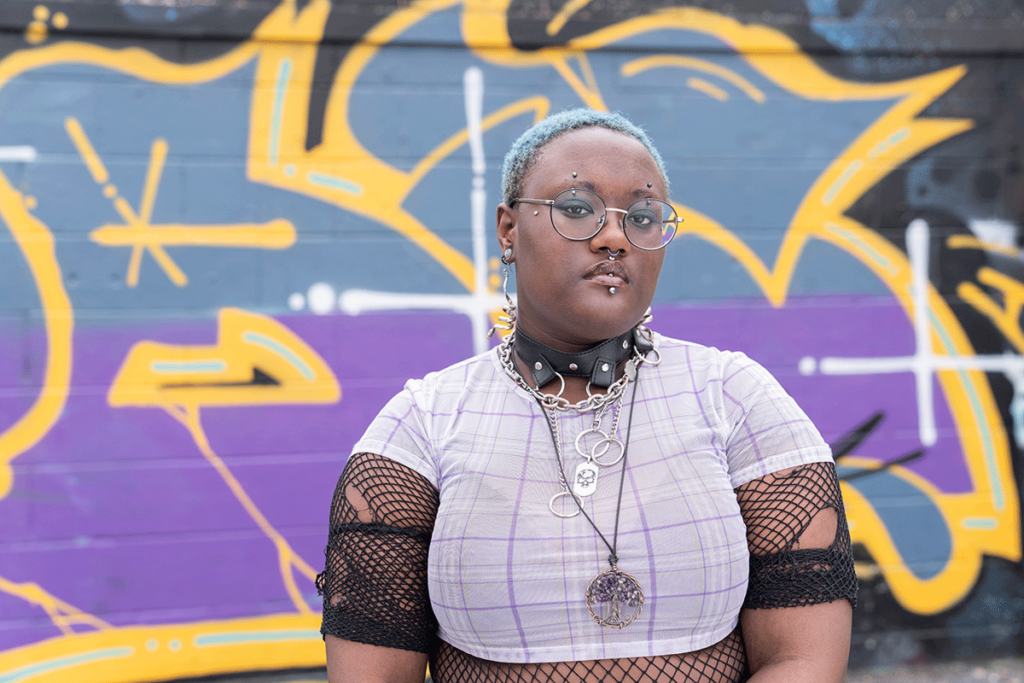When you first learn that your teen is struggling with borderline personality disorder (BPD), it can feel like the ground beneath your feet is shaking. Maybe you’ve noticed that your child has been having intense emotional reactions, trouble in their relationships, or issues with self-image, and now you have a name for what’s going on. That knowledge of the types of borderline personality disorder can bring a sense of relief, but it can also lead to questions and a desire to understand what this means for your teen.
This is where the right professional help can make all the difference. At the Massachusetts Center for Adolescent Wellness (MCAW), we specialize in adolescent BPD treatment, guiding families just like yours through this challenging time. Call us at 855.940.6229 and talk to an admissions specialist.
What Is Borderline Personality Disorder?
Borderline personality disorder is a mental health condition characterized by intense and fluctuating emotions, difficulty in maintaining stable relationships, and challenges with self-image and identity. Adolescents with BPD often experience:
- Feelings of emptiness
- Fear of abandonment
- Impulsive behavior
These struggles can make it hard for them to feel balanced or connected, and they may seem like they are “on the edge” of their emotions.
For parents, it can be heartbreaking and exhausting to witness these challenges. Your child may appear to be in constant turmoil, with their moods changing dramatically in a short amount of time. This can impact their school performance, friendships, and family relationships. The good news is that BPD is a treatable condition, and many adolescents who receive the right support and therapy can learn to manage their emotions and build healthier relationships.
Types of Borderline Personality Disorder
While BPD is a single diagnosis, it can present in various ways. Knowing the different types of BPD can help parents better understand their child’s experiences and guide them toward the most effective treatment. Here are some common types:
Impulsive Type
This type of BPD is marked by impulsive, risky behavior. Teens who have the impulsive type may engage in activities without considering the consequences, such as reckless driving, substance use, or risky sexual behaviors. They may be described as thrill-seekers or as having a “live in the moment” attitude that can sometimes get them into trouble. The impulsive nature of their actions can stem from a desire to alleviate feelings of emptiness or boredom, or it might be a way to cope with overwhelming emotions.
Petulant Type
Adolescents with the petulant type of BPD may display a mix of passive-aggressive behaviors and explosive anger. They might be very sensitive to perceived slights or rejections, and even small things can set off an emotional storm. If your teen is experiencing this type, they may be prone to feelings of being unappreciated or unimportant, which can quickly lead to feelings of anger, defiance, or withdrawal. As a result, their relationships with family, friends, and authority figures can be particularly turbulent.
Discouraged (or Dependent) Type
The discouraged type of BPD can often be misunderstood, as it shares similarities with depressive disorders. Teens with this type may appear highly dependent on others and often have a fear of abandonment or rejection. They may become overly attached to friends or romantic partners and go to great lengths to avoid being left alone. This type can lead to clinginess, intense sadness when a close relationship is threatened, and self-destructive thoughts or behaviors as a way of coping with their emotional distress.
Self-Destructive Type
The self-destructive type of BPD often includes behaviors that are harmful to the individual, such as self-harm, eating disorders, or substance use. These teens may have a tendency to engage in behaviors that create chaos or harm in their lives, almost as if they are punishing themselves. Their emotions may be deeply tied to a sense of self-loathing or a belief that they are undeserving of happiness. It’s important for parents to recognize that these actions are not necessarily cries for attention but are often coping mechanisms for deep internal pain.
Understanding which of the types of borderline personality disorder your teen may be experiencing can make a big difference in choosing the right kind of therapy. At the Massachusetts Center for Adolescent Wellness, we’re here to help you learn more about these differences and discover the most effective path for your child’s journey toward healing.
Get in Touch with Our Adolescent BPD Treatment Program at MCAW Today
We offer a range of services at Massachusetts Center for Adolescent Wellness, from day programming to intensive outpatient programs (IOP) and aftercare to ensure that your teen continues to feel supported on their path to recovery. Our therapies include a variety of approaches, such as dialectical behavior therapy (DBT), cognitive-behavioral therapy (CBT), trauma therapy, and even expressive art and music therapies. We work closely with families, recognizing that support from loved ones is a critical part of the healing process.
If your child is struggling with BPD, it’s important to take that next step and reach out. You don’t have to go through this alone, and there is hope for your teen to find stability, joy, and confidence again. For more information, please call us at 855.940.6229, fill our contact form, or send us a chat.


